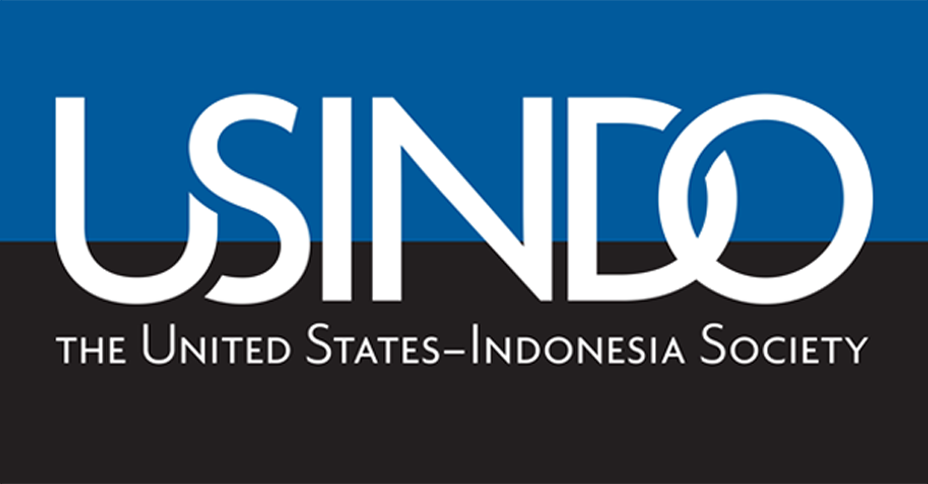International Relations in Southeast Asia: The Struggle for Autonomy
A book launch with author Donald E. Weatherbee
Co-hosted by USINDO and the Southeast Asia Studies Program at Johns Hopkins University’s School for Advanced International Studies (SAIS)
Speaking as a “neo-realist, ” Donald Weatherbee offered a spirited rebuttal to the political commentators and authors who attempt to view Southeast Asia as a coherent region and consider the Association of Southeast Asian Nations (ASEAN) as the organizational embodiment of that region.
There is no ASEAN identity, he said. ASEAN is only one among multiple identities of its ten member nations. These states make decisions from the traditional notions of “national interest, by a rational and non-rational process, by rational reasons and a baggage of primordial” instincts.
Some of these primordial instincts hark back to traditional enmities between member states. Weatherbee cited as an example the brief but bitter flare-up between Thailand and Cambodia in early 2003, when Cambodians attacked and burned the Thai embassy and businesses in Phnom Penh after a Thai soap opera star claimed Angkor Wat really belonged to Thailand. At play in that incident were historical relations between the two nations, as well as the interests of Cambodian Prime Minister Hun Sen, as he tried to promote nationalist sentiment prior to country-wide elections, Weatherbee said.
Weatherbee suggested it is important to incorporate a framework for analyzing individual state behavior into the study of Southeast Asia because individual states, not ASEAN, are the primary actors in the region. In a neo-realist analysis, he noted, there are communist and non-communist states in the region, maritime and non-maritime states, democracies and non-democracies, and now Islamic and non-Islamic countries. He suggested that “Southeast Asia is a region because the elites say it is.” His analysis emphasizes the primacy of individual state interests and de-emphasizes viewpoints such as the constructionist framework that claims cultural norms (such as race, ethnicity and class) create a common identity throughout the region.
This analysis has important implication to our understanding of the institution of ASEAN. Weatherbee claims ASEAN is no longer the primary actor in Southeast Asia. Rather individual states are the primary actors, and ASEAN is one tool these states may use as they act to further their own interests.
“ASEAN is becoming less relevant every year,” he said, citing several recent ASEAN failures including:
? The incident in Southern Thailand, when Muslim demonstrators suffocated after being packed into a truck by Thai security forces. Prime Minister Thaksin threatened to “go home” if the incident were put on the ASEAN agenda, Weatherbee said.
? The inability of ASEAN to forge a policy on Myanmar. “ASEAN faces a challenge in 2006,” Weatherbee said, when Myanmar is slated to become the chair of ASEAN, a succession that takes place annually by alphabetical order. “If the ruling junta in Myanmar doesn’t back down, ASEAN’s vaunted unity will be lost forever,” he said.
? The “security dilemma” when intranational disputes arise. The myth that “ASEAN nations would never attack one another” is belied by the reality that the national leaders don’t trust one another and seem to be “prepared for the worst.”
? Member states seem unable to comply with promises made at previous summit meetings that promulgated action plans to carry out reforms in human rights.
? Members have been inactive on regional environmental issues that have now become part of an international agenda, such as the development of large river systems with repercussions to the upstream and downstream communities and the “ever present problem” of “haze,” resulting from wide-spread intentionally-set fires.
How can ASEAN address these issues, he asked. ASEAN must have some sort of compliance mechanisms, he answered, but “that’s not going to happen.”
The “struggle for autonomy” of the book’s title refers to the struggle of Southeast Asian states to “pursue their own national interests without constraints by external actors.” Post World War II the region was caught up by the dominance of the Cold War. More recently, efforts were limited by the new demands of globalism, an essentially Western-based agenda of trade, human rights, etc. Now, a growing diminution of real American capabilities and a growing capability of Chinese economic and cultural influence may present a new challenge.
“As ASEAN frees itself from American hegemony and seeks to free itself from global hegemony, there’s a real risk that Southeast Asia merely becomes a part of the Chinese sphere of influence,” he said.
The book is for scholars and students of Southeast Asia as a region and of its individual countries. Chapters discuss, in depth, such issues as the conflict in the South China Sea, regional management of the Mekong River, the Aceh conflict, and Muslim separatism in the Philippines. The book also reviews Southeast Asian history, including the rise of the notion of the “region,” the impact of the Cold War, the emergence of ASEAN and the long-standing influence of key international players including the U.S., China and Japan.
Dr. Weatherbee is the Donald S. Russell Distinguished Professor Emeritus at the University of South Carolina. International Relations of Southeast Asia: The Struggle for Autonomy, Rowman & Littlefield, 306 pages. The book can be ordered from the publisher at 1-800-462-6420 or purchased on-line through www.amazon.com.
